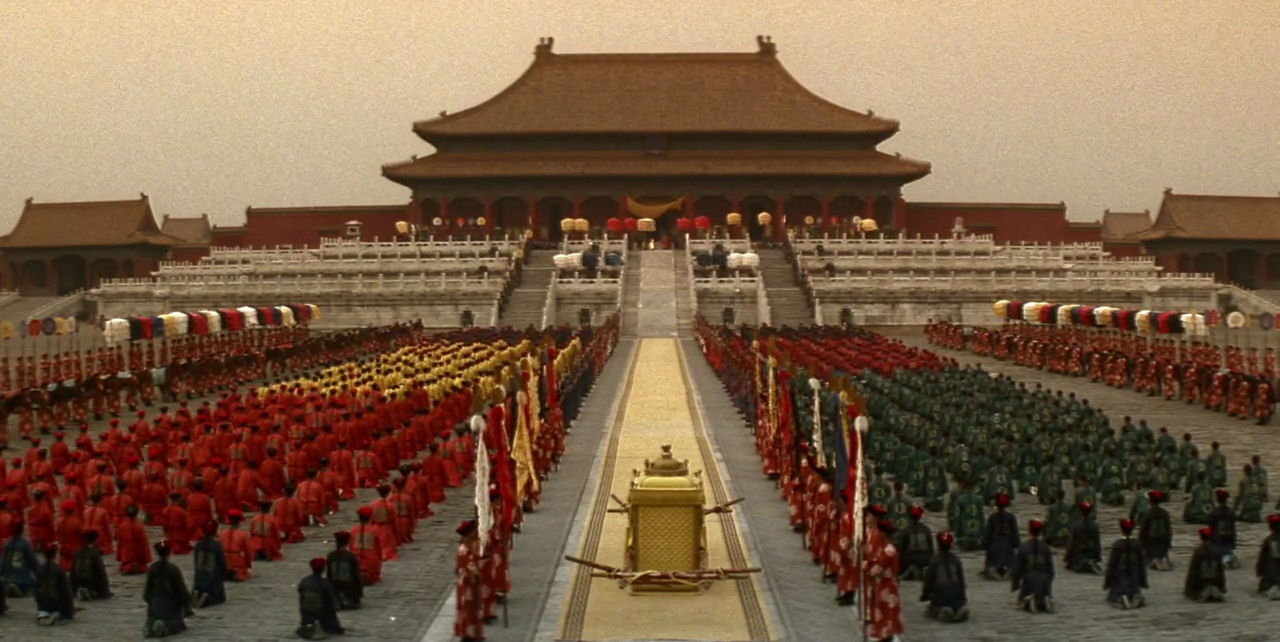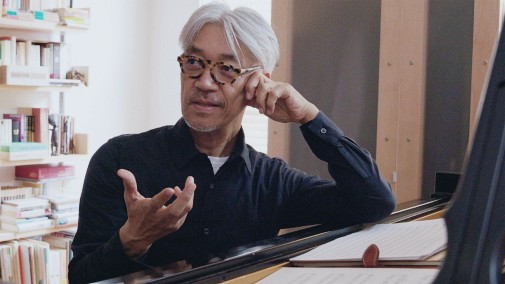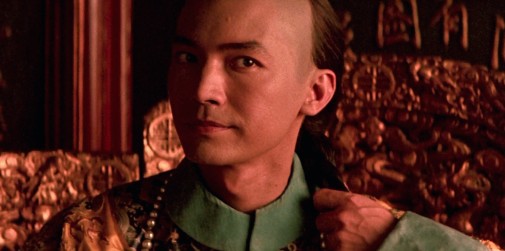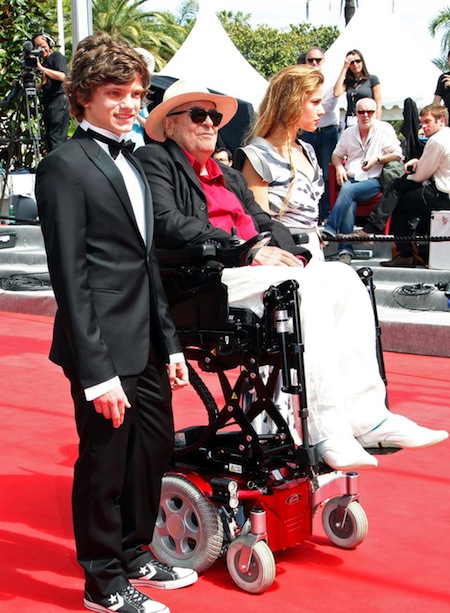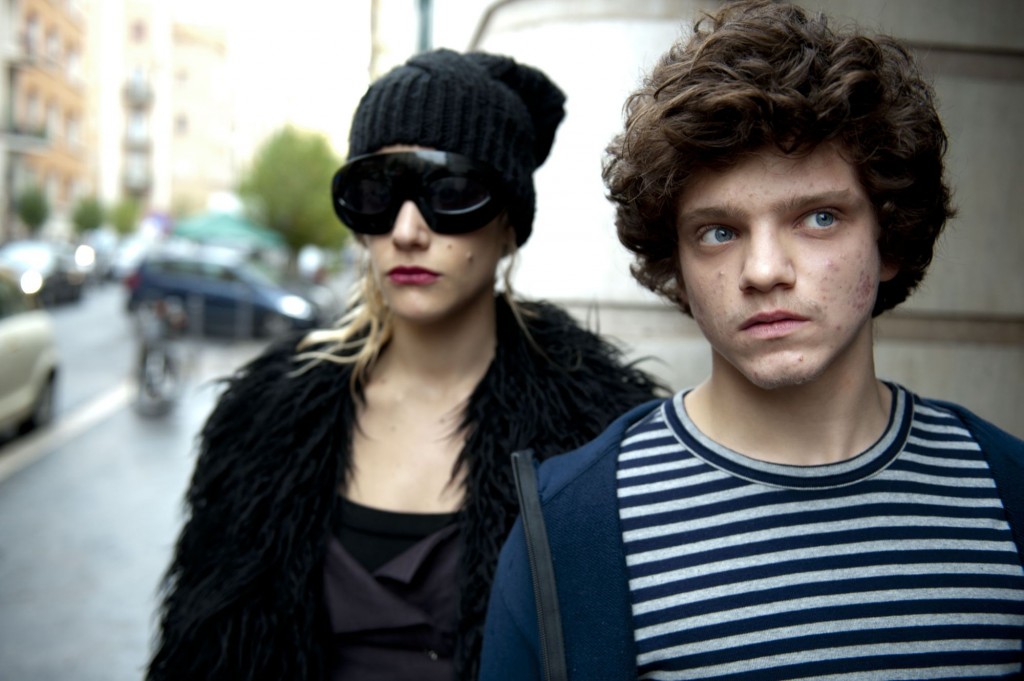The Furniture: Promoting the Forbidden City with The Last Emperor
 Wednesday, November 11, 2020 at 10:30AM
Wednesday, November 11, 2020 at 10:30AM "The Furniture," by Daniel Walber. (Click on the images for magnified detail)
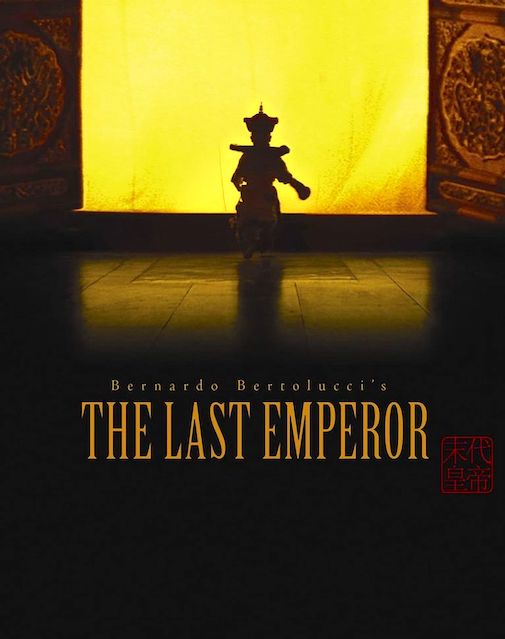 The Last Emperor is enormous, as is its reputation. The shorter version is nearly three hours long. It swept the 1987 Oscars, winning all nine categories in which it was nominated. Its plot tracks events of global significance, across nearly six decades of Chinese history. The production required more than 10,000 costumes and 19,000 extras, many of them recruited from the People’s Liberation Army
The Last Emperor is enormous, as is its reputation. The shorter version is nearly three hours long. It swept the 1987 Oscars, winning all nine categories in which it was nominated. Its plot tracks events of global significance, across nearly six decades of Chinese history. The production required more than 10,000 costumes and 19,000 extras, many of them recruited from the People’s Liberation Army
But beyond its stature as a film, it is also something of an act of economic diplomacy. China, which had heavily restricted tourism before the late-1970s, began a major about-face with Deng Xiaoping’s 1978 “Reform and Opening Up” program. Part of this effort included the promotion of heritage tourism. China ratified the World Heritage Convention in 1985, and added its first six World Heritage Sites in 1987. The Forbidden City was at the top of the list.
It’s not a coincidence that Bernardo Bertolucci was granted permission to film in the Forbidden City right at this time, the very first Western production allowed through the palace gates...



